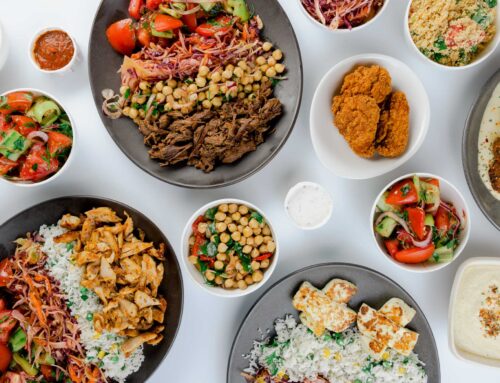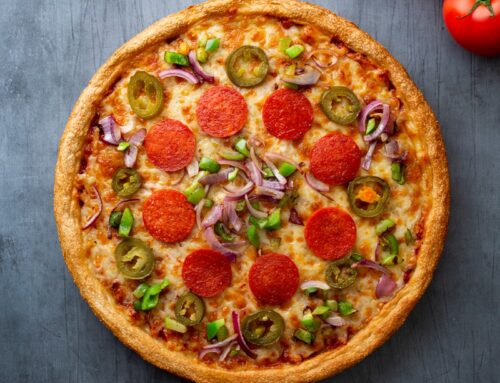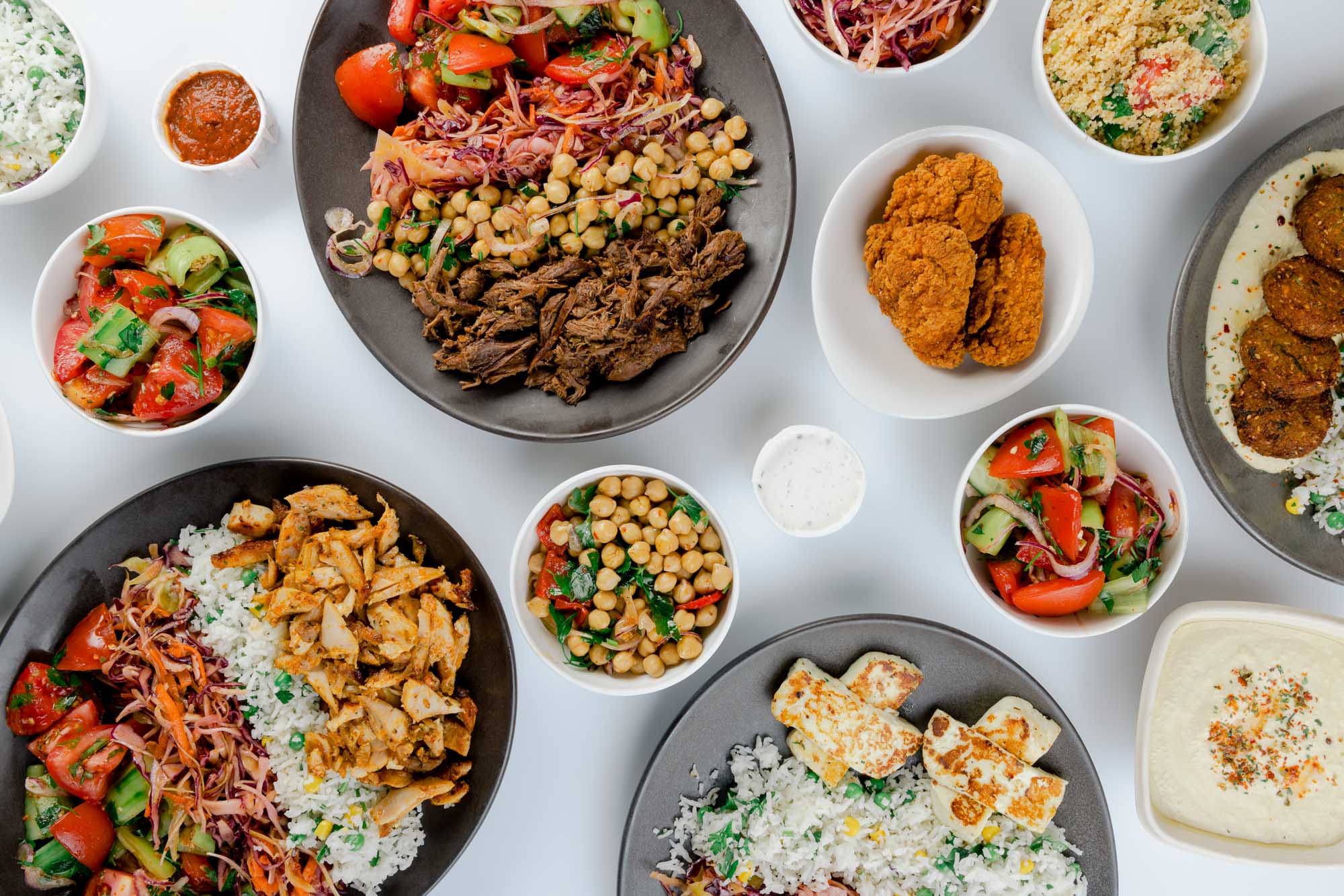
Maximizing Your Online Presence: Designing a Restaurant Website That Stands Out

The Importance of a Strong Online Presence for Restaurants
Statistics show that an increasing number of customers rely on the internet to find and choose restaurants. According to a study conducted by OpenTable, 86% of diners check out a restaurant’s website before making a reservation. Furthermore, 75% of customers say that they are more likely to visit a restaurant if they find positive information about it online.
A strong online presence allows restaurants to reach a wider audience and increase their visibility. By having an attractive and user-friendly website, restaurants can showcase their unique offerings, such as their menu, ambiance, and special events. This not only helps in attracting new customers but also encourages repeat business.
Understanding Your Target Audience and Their Online Behavior
To design an effective restaurant website, it is essential to understand your target audience and their online behavior. Start by identifying who your ideal customers are based on factors such as age, location, and dining preferences. Conduct market research or analyze customer data to gain insights into their online habits.
Understanding your target audience’s online behavior can help you design a website that meets their needs and expectations. For example, if your target audience consists of tech-savvy millennials, you may want to incorporate features like online ordering or reservation systems. On the other hand, if your target audience is older and less tech-savvy, you may want to focus on providing clear contact information and easy-to-read menus.
Key Elements of an Effective Restaurant Website Design
An effective restaurant website design consists of several key elements that work together to create a positive user experience. These elements include layout, typography, and content.
The layout of your website should be clean, organized, and visually appealing. Use a grid-based design to ensure consistency and balance. Consider the hierarchy of information, placing the most important elements, such as your menu and contact information, in prominent positions.
Typography plays a crucial role in conveying your restaurant’s brand and personality. Choose fonts that are easy to read and align with your overall aesthetic. Use different font sizes and styles to create visual interest and guide the user’s attention.
When it comes to content, focus on providing relevant and engaging information. Clearly display your menu, including descriptions and prices. Incorporate high-quality images of your food to entice customers. Additionally, consider including customer testimonials or reviews to build trust and credibility.
Choosing the Right Color Scheme and Visuals for Your Website
Selecting the right color scheme for your website is essential as it sets the tone and reflects your restaurant’s brand and personality. Consider the emotions you want to evoke in your customers. For example, warm colors like reds and oranges can create a cozy and inviting atmosphere, while cool colors like blues and greens can convey a sense of freshness.
In addition to color, high-quality visuals are crucial for showcasing your food and creating an enticing user experience. Invest in professional food photography or videography to capture the essence of your dishes. Display these visuals prominently on your website, ensuring they are optimized for fast loading times.
Creating a User-Friendly Navigation and Menu Structure
A clear and intuitive navigation structure is vital for guiding users through your website. Use descriptive labels for your navigation menu items, making it easy for visitors to find what they are looking for. Consider using drop-down menus or categorizing items to simplify navigation.
When designing your menu structure, prioritize simplicity and clarity. Avoid overwhelming users with too many options or complex layouts. Group similar items together and provide clear descriptions to help users make informed decisions. Consider incorporating search functionality to allow users to quickly find specific items.
Incorporating High-Quality Images and Videos to Showcase Your Food
High-quality images and videos are powerful tools for showcasing your food and enticing customers to visit your restaurant. Invest in professional photography or videography to capture the mouthwatering details of your dishes. Display these visuals prominently on your website, ensuring they are optimized for fast loading times.
In addition to static images, consider incorporating videos that showcase the preparation process or highlight the unique aspects of your restaurant. This can create a more immersive experience for users and give them a taste of what they can expect when dining at your establishment.
Implementing Online Ordering and Reservation Systems
Online ordering and reservation systems have become increasingly popular in the restaurant industry. These systems offer convenience for customers and can help streamline operations for restaurant owners.
By implementing an online ordering system, you allow customers to place orders directly through your website, eliminating the need for phone calls or third-party delivery services. This not only improves efficiency but also provides a seamless user experience.
Similarly, an online reservation system allows customers to book tables at your restaurant with ease. This eliminates the need for phone reservations and reduces the risk of errors or miscommunication. Additionally, it provides valuable data on customer preferences and allows you to manage reservations more effectively.
Integrating Social Media and Customer Reviews into Your Website
Social media platforms and customer reviews play a significant role in building trust and credibility with potential customers. Integrating social media feeds into your website allows visitors to see real-time updates, such as special promotions or events. It also encourages users to engage with your brand on social media, increasing your online visibility.
Customer reviews are another powerful tool for building trust. Displaying positive reviews prominently on your website can help potential customers feel confident in choosing your restaurant. Consider integrating review widgets or testimonials throughout your website to showcase the positive experiences of past customers.
Optimizing Your Website for Search Engines
Search engine optimization (SEO) is crucial for ensuring that your restaurant website appears in relevant search results. By optimizing your website, you increase its visibility and attract more organic traffic.
Start by conducting keyword research to identify the terms and phrases potential customers are using to search for restaurants like yours. Incorporate these keywords naturally throughout your website, including in page titles, headings, and meta descriptions.
Additionally, optimize your website’s loading speed by compressing images, minifying code, and leveraging browser caching. Ensure that your website is mobile-friendly, as an increasing number of users are accessing the internet through their smartphones.
Measuring and Analyzing Your Website’s Performance
Website analytics provide valuable insights into how users interact with your website. By tracking metrics such as page views, bounce rate, and conversion rate, you can make data-driven decisions to improve your website’s performance.
Set up a website analytics tool, such as Google Analytics, to monitor key metrics. Analyze the data regularly to identify areas for improvement. For example, if you notice a high bounce rate on a particular page, it may indicate that the content or layout needs to be optimized.
Use A/B testing to experiment with different design elements or content variations and measure their impact on user behavior. This allows you to continuously refine and improve your website based on real-time data.
Staying Up-to-Date with the Latest Web Design Trends and Technologies
Staying up-to-date with the latest web design trends and technologies is essential for maintaining a modern and engaging website. The digital landscape is constantly evolving, and it is important to adapt to new trends to stay ahead of the competition.
Stay informed by following industry blogs, attending web design conferences, or joining online communities. Keep an eye on emerging technologies that can enhance the user experience, such as virtual reality or voice search.
However, it is important to strike a balance between incorporating new trends and maintaining a timeless design. Avoid jumping on every trend without considering its relevance to your restaurant’s brand and target audience.
In conclusion, a strong online presence is crucial for restaurants to succeed in today’s digital age. By investing in an effective website design, restaurants can reach more customers, increase revenue, and build trust and credibility. Understanding your target audience, incorporating key design elements, and staying up-to-date with the latest trends and technologies are essential for creating a website that stands out in a competitive market. So, prioritize your online presence and invest in a high-quality website design to take your restaurant to new heights.
Related Posts
Share this article
Follow us
A quick overview of the topics covered in this article.








